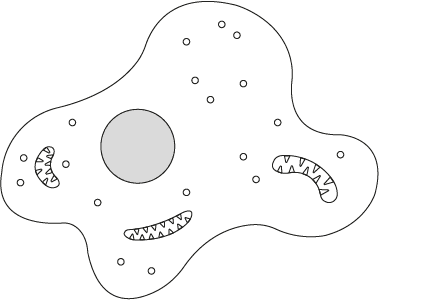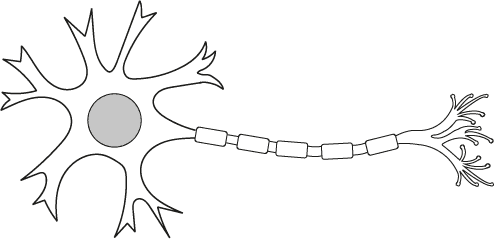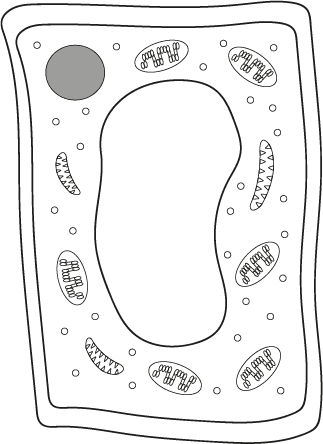Plant cells: common structures and specialised cells
I can identify common structures of plant cells and relate each structure to its function.
Plant cells: common structures and specialised cells
I can identify common structures of plant cells and relate each structure to its function.
These resources will be removed by end of Summer Term 2025.
Switch to our new teaching resources now - designed by teachers and leading subject experts, and tested in classrooms.
These resources were created for remote use during the pandemic and are not designed for classroom teaching.
Lesson details
Key learning points
- The plant cell model describes the common structures of plant cells.
- Some of these structures are common with animal cells, such as the cytoplasm, cell membrane, nucleus and mitochondria.
- Plant cells have additional structures, i.e. the cell wall, chloroplasts and vacuole; each has a specific function.
- Specialised cells in plants have shapes, sizes and structures that are adapted for the jobs the cells do.
- Examples of specialised plant cells include root hair cells and palisade cells.
Keywords
Cell wall - A subcellular structure made from cellulose fibres that strengthens the cell and supports the plant.
Chloroplast - A subcellular structure that contains the green pigment chlorophyll, which absorbs light for photosynthesis.
Permanent vacuole - A subcellular structure filled with cell sap that helps keep the cell turgid.
Photosynthesis - A chemical reaction that plants use to make glucose, taking place in the chloroplasts.
Active transport - The net movement of particles from a low to high concentration, against a concentration gradient, using energy.
Common misconception
A palisade cell is not a specialised cell as it is used as the plant cell model. All plant cells contain chloroplasts.
Presentation outlines that the palisade cell is a specialised cell. Question in the check for understanding that is designed to show chloroplasts are not in root hair cells.
To help you plan your year 10 biology lesson on: Plant cells: common structures and specialised cells, download all teaching resources for free and adapt to suit your pupils' needs...
To help you plan your year 10 biology lesson on: Plant cells: common structures and specialised cells, download all teaching resources for free and adapt to suit your pupils' needs.
The starter quiz will activate and check your pupils' prior knowledge, with versions available both with and without answers in PDF format.
We use learning cycles to break down learning into key concepts or ideas linked to the learning outcome. Each learning cycle features explanations with checks for understanding and practice tasks with feedback. All of this is found in our slide decks, ready for you to download and edit. The practice tasks are also available as printable worksheets and some lessons have additional materials with extra material you might need for teaching the lesson.
The assessment exit quiz will test your pupils' understanding of the key learning points.
Our video is a tool for planning, showing how other teachers might teach the lesson, offering helpful tips, modelled explanations and inspiration for your own delivery in the classroom. Plus, you can set it as homework or revision for pupils and keep their learning on track by sharing an online pupil version of this lesson.
Explore more key stage 4 biology lessons from the Eukaryotic and prokaryotic cells unit, dive into the full secondary biology curriculum, or learn more about lesson planning.

Equipment
Licence
Starter quiz
6 Questions



contains cellulose; provides strength to cell and support to plant
contains chlorophyll where photosynthesis takes place
contains cell sap which helps keep the cell turgid
Exit quiz
6 Questions
cover the outer surface of roots and absorb water and minerals
transport water upwards from roots to leaves
control if the stomata are open or closed
transport glucose and amino acids up and down the plant
can be packed together
absorb lots of light energy
where photosythesis occurs


